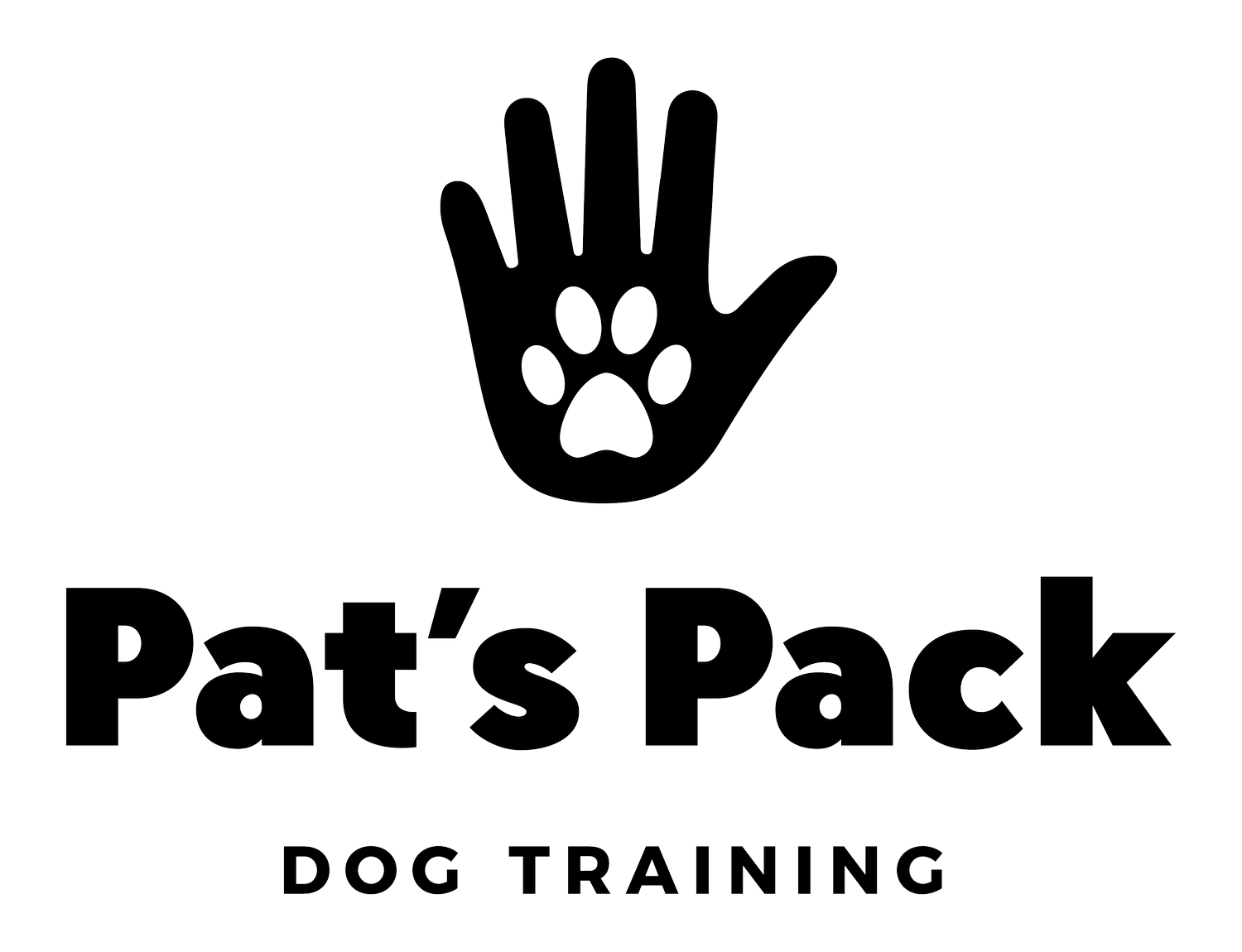Understanding and Addressing Fear in Dogs: A Guide to Understanding Your Pup
Introducing a new dog to your family or exposing your dog to new experiences can be both exciting and challenging. It's important to remember that every dog is unique, with its own set of behaviors and reactions. Dogs, like humans, can experience fear in new or unfamiliar situations, making it crucial to pay close attention to their body language and behaviors to ensure they feel safe and comfortable.
Fear reactions in dogs are often misunderstood as aggression. However, it's crucial to recognize that aggressive behaviors might actually be signs of fear. Dogs communicate their fear through body language and behaviors, and understanding these signs can help you support your pup better.
Here are some common indicators your pup may be experiencing fear:
Barking
Growling
Lunging
A tucked tail
Cowering
Ears pointed back
Raised hackles
Hiding
Lack of eye contact
Pacing
Whining
When your dog displays these signs, it's important to remove them from the situation causing distress. While you may not always be able to avoid fearful situations, such as meeting new people or visiting new places, you can gradually introduce them to reduce their anxiety. Positive reinforcement, like treats or praise, can help build their confidence in these new environments. Remember, every dog is unique, so it's essential to tailor your approach to your pup's specific needs.
If you need more guidance on helping your dog overcome fear, consider contacting Pat’s Pack! Our expertise can provide you with the tools and strategies to help your dog feel more secure and trusting in various situations, unlocking their full potential and ensuring a happier, healthier relationship between you and your furry friend.
Happy Training!
